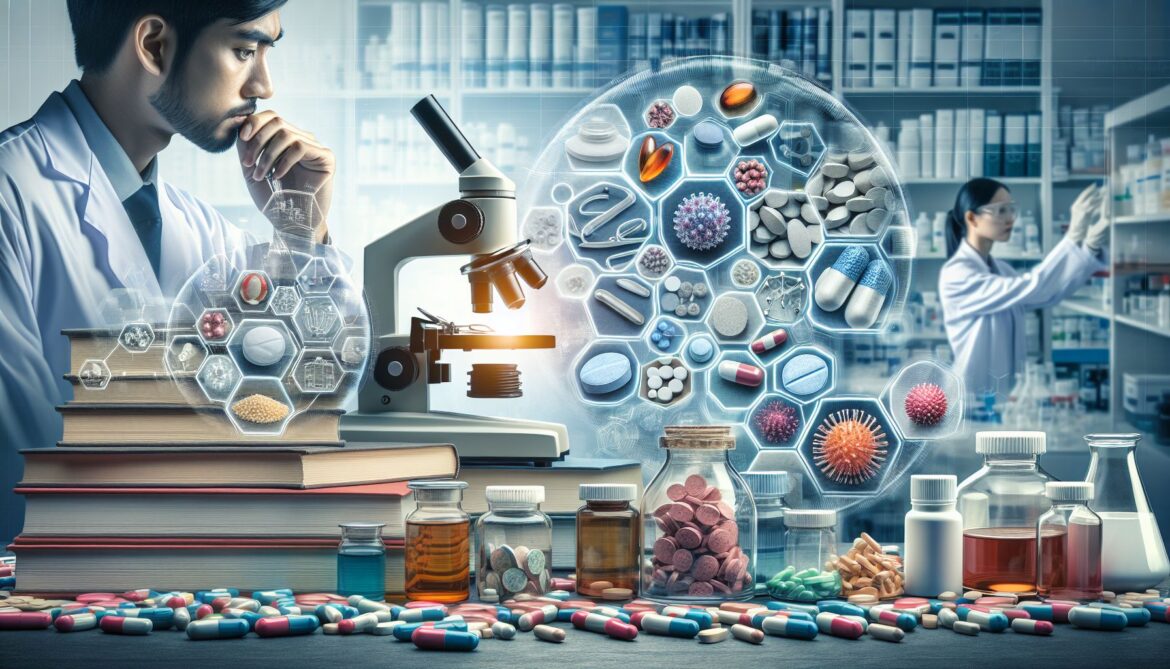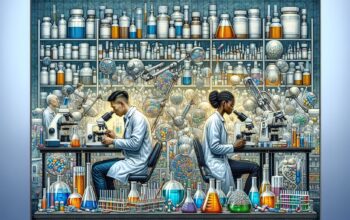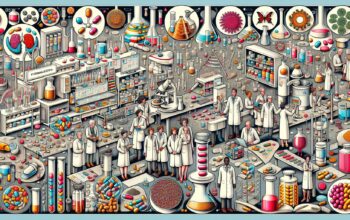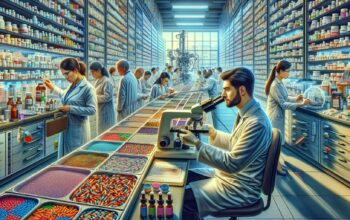
The pharmaceutical industry plays a vital role in healthcare, providing us with the medicines we need to live healthier and longer lives. From simple painkillers to life-saving drugs, the world of pharmaceuticals is an intricate and constantly evolving field. In this article, we will explore the fascinating world of medicines and the pharmaceutical industry.
Introduction
Medicines have been an integral part of human civilization for centuries. Ancient civilizations used plants and herbs as remedies, but the development of synthetic drugs in the 19th century paved the way for modern medicine. Today, the pharmaceutical industry plays a crucial role in research, development, production, and distribution of these drugs, ensuring their safety and efficacy.
The Research and Development Process
The journey of a medicine starts in the research and development (R&D) phase. Pharmaceutical companies invest billions of dollars and years of research to discover new drugs. This process involves various stages, including target identification, pre-clinical trials, and clinical trials.
Once a potential drug is identified, it undergoes rigorous testing to determine its safety and effectiveness. Pre-clinical trials are conducted on animals, testing the drug’s toxicity, dosage, and side effects. If the results are promising, the drug moves to clinical trials, where its effects on human volunteers are rigorously monitored and evaluated.
The Approval Process
Approval from regulatory authorities, such as the Food and Drug Administration (FDA) in the United States, is a crucial step before a drug can be made available to the public. This process involves analyzing data from clinical trials and assessing the drug’s risks and benefits. If a drug meets the stringent safety and efficacy criteria, it is granted approval for production and distribution.
Manufacturing and Quality Control
Once a drug is approved, pharmaceutical companies begin manufacturing it on a large scale. This process involves the creation of the active ingredient, formulation, packaging, and labeling. Stringent quality control measures are implemented at every step to ensure the drug’s consistency, purity, and effectiveness.
Marketing and Distribution
After manufacturing, the pharmaceutical company starts marketing and distributing the medicine. This involves presenting the drug’s benefits to healthcare professionals, who play a vital role in prescribing it to patients. Sales representatives maintain relationships with doctors, educating them about the drug’s efficacy and safety, thus ensuring proper usage.
The distribution network ensures the drugs reach various pharmacies and hospitals, making them accessible to patients when needed. The pharmaceutical industry invests heavily in supply chain management to ensure the safe and efficient distribution of medications.
Conclusion
The journey of a medicine from research and development to our local pharmacies is a complex and highly regulated process. The pharmaceutical industry is at the forefront of advancements in medicine and plays a critical role in improving and saving lives. Through their commitment to research, safety, and engagement with healthcare professionals, pharmaceutical companies provide us with the medicines we rely on for our well-being.
Next time you take your prescribed medication, remember the incredible effort and expertise that go behind the development of that seemingly simple pill.


